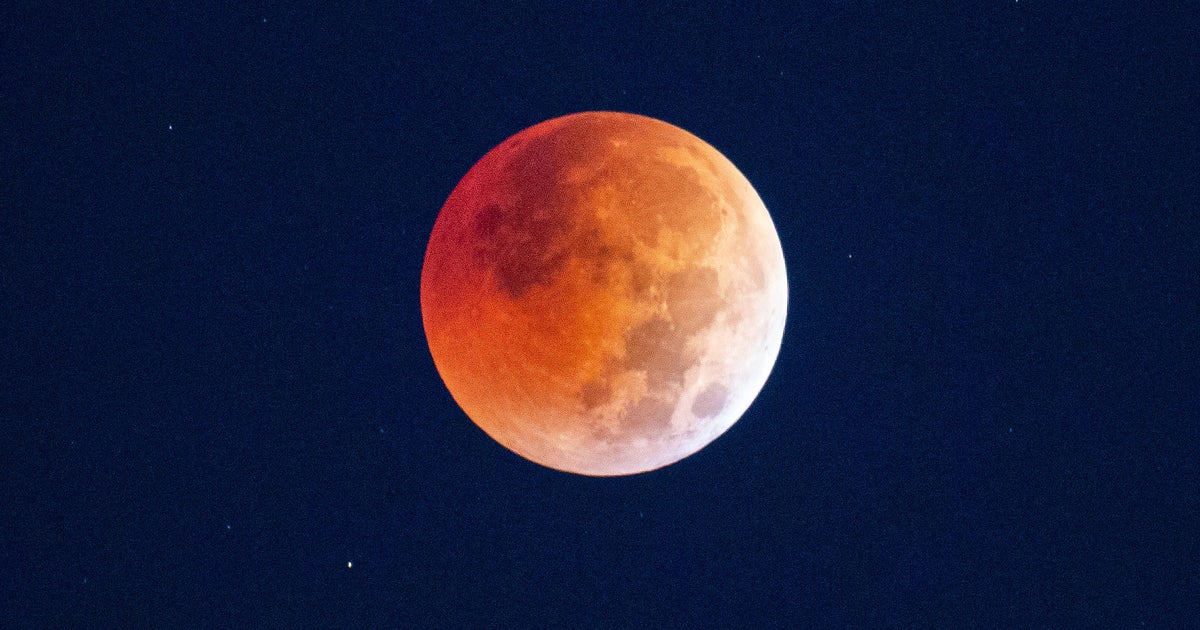Jupiter to reach closest approach to Earth in almost 60 years on Monday
PITTSBURGH (KDKA) - Stargazers can expect excellent views of Jupiter on Monday when it reaches opposition and its closest approach to Earth in nearly six decades.
NASA said opposition happens when, from the viewpoint of Earth's surface, an astronomical object rises in the east as the sun sets in the west, placing the object and Sun on opposite sides of Earth. Jupiter's opposition happens every 13 months.
What makes this opposition special is that Jupiter will also be making its closest approach to Earth since 1963. At its farthest point from us, NASA said Jupiter is about 600 million miles away, but on Sept. 26, it'll be about 367 million miles away.
NASA said Jupiter's closest approach to Earth rarely coincides with opposition, which means this year's views will be extraordinary.
"With good binoculars, the banding (at least the central band) and three or four of the Galilean satellites (moons) should be visible," said Adam Kobelski, a research astrophysicist at NASA's Marshall Space Flight Center in Huntsville, Alabama, on NASA's website. "It's important to remember that Galileo observed these moons with 17th century optics. One of the key needs will be a stable mount for whatever system you use."
Kobelski told NASA the views should be great for a few days before and after Sept. 26. It's recommended to use a large telescope to see the Great Red Spot and Jupiter's bands in more detail.



